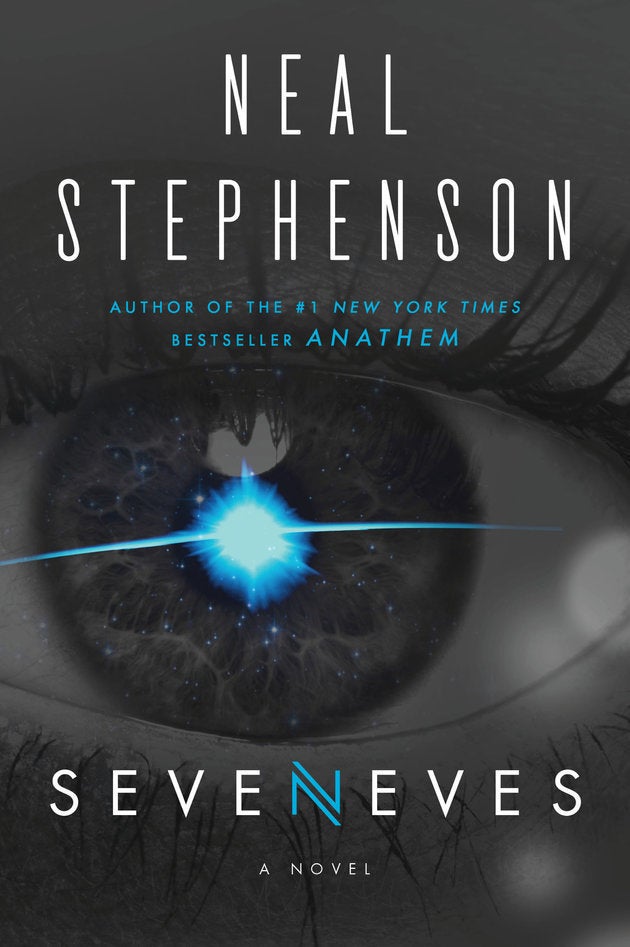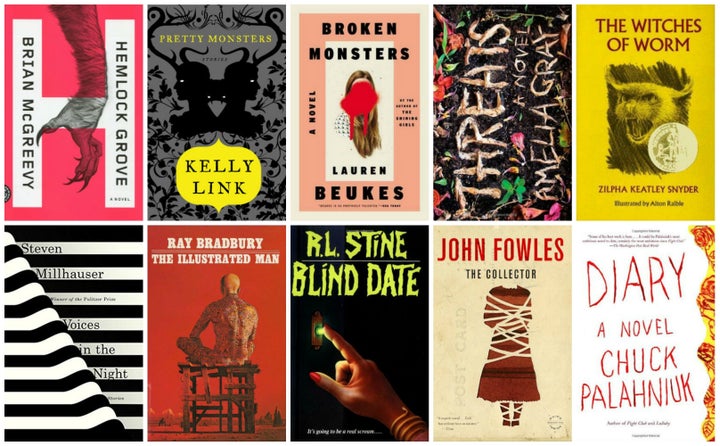
In a recent interview with HuffPost, Goosebumps author R.L. Stine said he thought most fears were “universal,” and, for him at least, linked closely with humor. “It’s that same guttural reaction,” he said.
Unlike Stine, I’ve never equated scary with funny -- my guttural reaction to reading a scary book is to dwell on the images conjured from its pages as I shift around in bed, unable to sleep. The first book that sent my heartrate soaring higher than after a decent cardio workout was The Witches of Worm by Zilpha Keatley Snyder, which I listened to on audiobook while carpooling to swim practice. A narrator described a tiny, wormlike cat that wriggled around, possessed. I felt possessed myself, unable to shirk off the thought of a seemingly helpless but actually evil baby animal.
This is the power of scary books: a character like Worm would seem like a farce in a movie, but Snyder’s book, a cult YA classic, describes the anxious feelings of those affected by him -- and that, to me, is scarier than clowns and ghouls jumping out from behind corners.
So, in the spirit of Halloween, I’ve gathered up a few books that are psychologically eerie in the way some horror movies just aren’t.
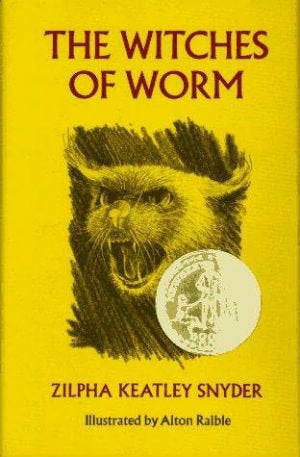
The Witches of Worm by Zilpha Keatley Snyder
Jessica buys a runt of a kitten -- a tiny creature that her neighbor helps her nurse to health. Adorable, right? NO. WRONG. There is nothing adorable about this story. Jessica names the kitten Worm, which is already a horrible sign. Then, timed perfectly with her acquisition of said kitten, Jessica begins committing increasingly violent acts against her family. She can’t tell whether it’s buried grudges held against her flaky mother that’s making her act this way, or whether her uncharacteristic behavior is due to the fact that she is being possessed by the kitten, which is itself possessed by a bunch of witches. This book may center on a furry creature, but it’s creepy enough to have been banned from school libraries.
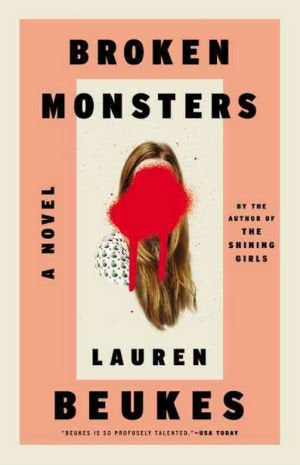
Broken Monsters by Lauren Beukes
As its cover implies, Beukes’s horror novel has a “True Detective”-like air about it -- season one, to be clear (R.I.P.). In the book, a detective stumbles upon a super-unsettling scene -- a victim’s body seems to have been fused together with animal parts, making him part human, part woodland creature. You won’t hear many philosophical musings à la Rust Cole in this book, but there’s an added layer of plot amping up the intrigue: the detective’s daughter is busy chatting with the suspected killer online. The book is set in Detroit, and the characters, like the city, bravely try to hold themselves together in the face of danger.
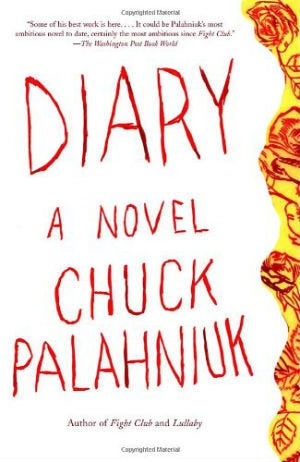
Diary by Chuck Palahniuk
What this story lacks in plausibility it makes up for in fantastic plot twists and -- if you’re into it -- very gritty, scary scenes. Aspiring artist Misty Marie Wilmot gives up on her creative dreams to move to a tiny island and raise her child with her husband, Peter. Her waitressing job definitely has gotten her down, but things get much, much worse when Peter falls into a coma after a suicide attempt. A contractor, he left horrible messages hidden inside the houses he built, and owners begin suing Misty once they catch wise. And that’s not even the eerie part: Misty soon learns that her home on Waytansea Island isn’t a coincidence, but part of a strange conspiracy theory going back for generations. Diary is written in a diary-style format, granting the mysterious happenings a “Yellow Wallpaper”-like spookiness. Misty feels trapped and the reader is granted access to all of her uneasy thoughts as she tries to escape.
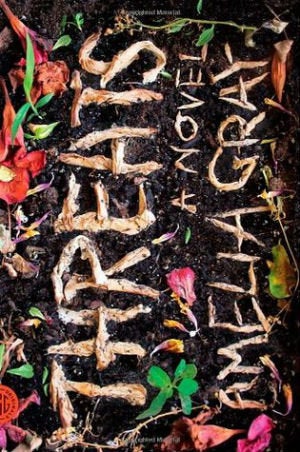
Threats by Amelia Gray
Gray’s novel doesn’t set out to be a horror book, but rather an analysis of how disassociating the experience of grief can be. David’s wife, Franny, has died, but he isn’t sure why, or how. All he knows is he can’t exactly think straight, and he keeps finding mysterious pieces of paper scattered around his house, containing threats that are loud and disturbing, if a little surreal. David hires a detective to look into the case, but he isn’t much help. Gray’s ability to pack even the shortest of sentences densely with emotion makes this book a spastic, almost jumpy read.
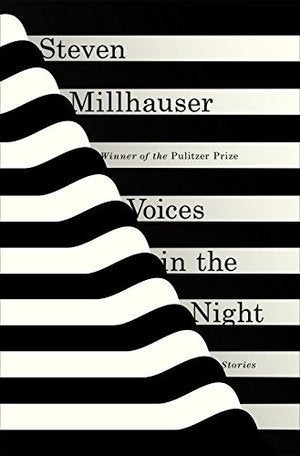
Voices in the Night by Steven Millhauser
Steven Millhauser’s stories are timeless: although his collection was released relatively recently, the horrors at the center of each aren’t hinged upon technological malfunctions or social media trends. Instead, they examine the way gossip can travel in small towns by telling the story of a mermaid washed up on shore, or an unsettling rash of suicides. In one particularly poignant story, a man buys mirror polish from a traveling salesman, and becomes obsessed with the image of his wife in the mirror, rather than in person, causing marital tumult.
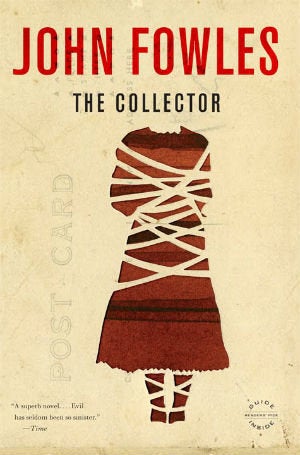
The Collector by John Fowles
In a mega-scary riff on “The Tempest,” Fowles tells the story of an art student, Miranda, who’s captured by a man who’s been following her, and forced to live in a room he’s set up to appeal to her wishes. The man, Frederick Clegg, has won a small fortune from football pools and uses his winnings to try to transcend his social standing. The book is narrated from his point of view first, then Miranda’s, who keeps a diary logging her plans and hopes for escaping. The book may be more metaphorical than any gritty true crime story you’ll find, but that doesn’t take away from Fowles’ artful construction of feelings of suffocation.
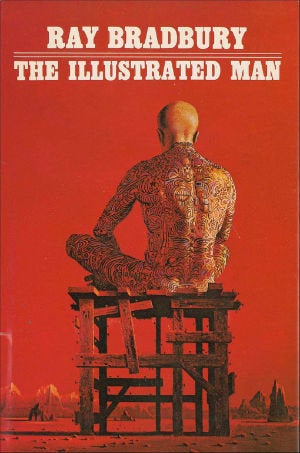
The Illustrated Man by Ray Bradbury
The stories in The Illustrated Man are connected only by the fact that each is represented by a tattoo on a man who’s fully inked up (a look that used to be less common among non-carnival-performing citizens). Some of them you might’ve read in high school English class, but they’d be at home as episodes on “Black Mirror” or “The Twilight Zone.” In “The Veldt,” a pair of kids addicted to their very immersive TV room will the scenes from the screens to life. In “The Long Rain,” a group of men lands on a planet that is plagued by nonstop, suffocating rain. The appeal of this story is that the fear seeps in slowly, operating much like actual fear or paranoia might.
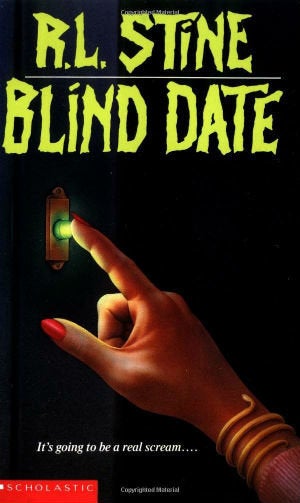
Blind Date by R.L. Stine
Kids who grew up with Goosebumps in the '90s: It’s time to graduate onto R.L. Stine’s teen and adult horror books -- stories that are meant to scare you deeply and sincerely, rather than rattle you, but with a safety net always in place, reminding you that the book is just a book. Stine has a new horror book out called The Lost Girl, and you can read it in a couple of hours, but it’d be best to start with the very first horror novel he ever wrote -- Blind Date.
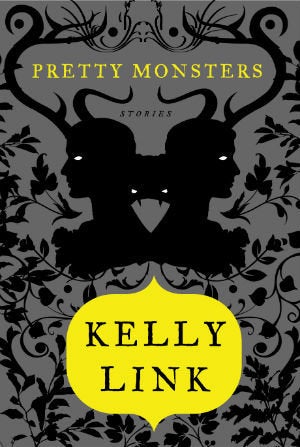
Pretty Monsters by Kelly Link
You probably won’t be losing sleep over Kelly Link’s stories, although they do feature a cast of weirdos, including shape-shifters, wizards, and far stranger creatures. In “The Faery Handbag,” a woman learns of a handbag that possesses an entire village, with its own tragedies and customs. Link’s characters are strange but mostly badass, and her female monsters don’t take on the stereotypically anti-woman cliches. Instead, they’re empowering agents in her weird worlds, worth exploring.
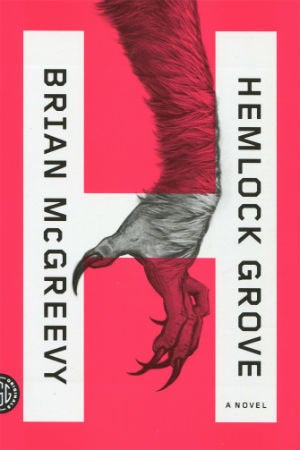
Hemlock Grove by Brian McGreevy
Before it was a show on Netflix, McGreevy’s horror story was a novel starring werewolves and a few gypsies, too. In a small town that seems straight out of a David Lynch film, residents are turning against each other after the tragic closing of a steel mill. If that isn’t “Twin Peaks”-inspired enough for you, the death of a teenage girl leads to a lot of finger-pointing, especially toward Peter, who’s suspected to be a werewolf (Spoiler alert: He totally is).
Also on HuffPost:

